Time: 2025-06-09 03:35:55 Source: Henan Province Jianyun Cable Co., Ltd.
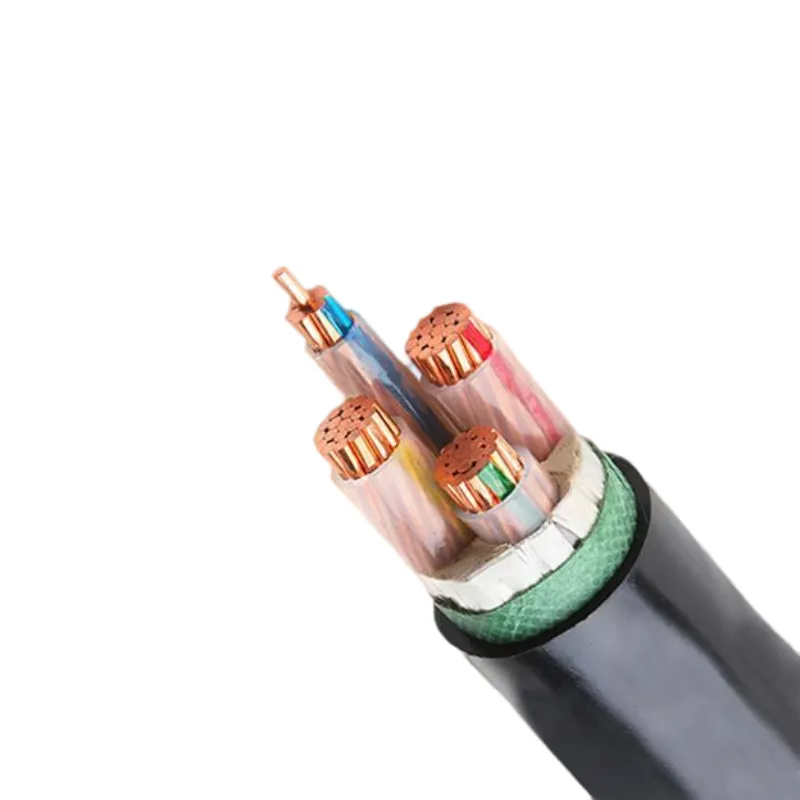
Purchase only from authorized dealers, brand-approved retailers, or directly from manufacturers,such as JIANYUN cable. This ensures traceability and authenticity in your cable supply chain.
Look for genuine safety marks like UL, CE, ETL, CSA, or BASEC on cables and packaging. Confirm these by checking official certification databases or using verification tools. Marks should be molded or embossed—not handwritten or low-quality print.
Watch for misspellings, blurred fonts, typos, or inconsistent logos—these often signal counterfeit products. Genuine cables come with well-printed packaging and clear branding.
Counterfeit cables may use inferior materials, such as copper-plated aluminum instead of pure copper. Test with a resistance meter or examine cross-sections to verify conductor material and thickness.
If a cable is priced significantly below market average, consider that a red flag. Genuine cables incur consistent costs from materials and testing, making very low prices suspicious.
Unverified sellers on marketplaces are common sources of counterfeits. Stick to reputable platforms or authorized distributors, and avoid unknown sellers or deep-discount listings.
Feel the cable for consistent thickness and secure insulation. Inspect markings and gauge size. Irregularities, brittle jackets, or uneven textures are indicators of substandard or counterfeit cables.
Use mobile apps from certification bodies or tools provided by agencies like CCCA to scan part numbers, holograms, or test markers. These methods help confirm cable authenticity.
Report potential counterfeit cables to manufacturers, certification bodies, or regulatory authorities. This helps remove unsafe products from the market and protects other buyers.
| Check Point | Why It Matters |
|---|---|
| Authorized Source | Ensures genuine supply |
| Certification Marks | Verifies safety compliance |
| Packaging Quality | Helps detect fakes |
| Conductor Inspection | Ensures correct materials |
| Price vs Market | Too cheap may mean counterfeit |
| Physical Feel | Build quality reflects authenticity |
| Verification Tools | Offers official confirmation |
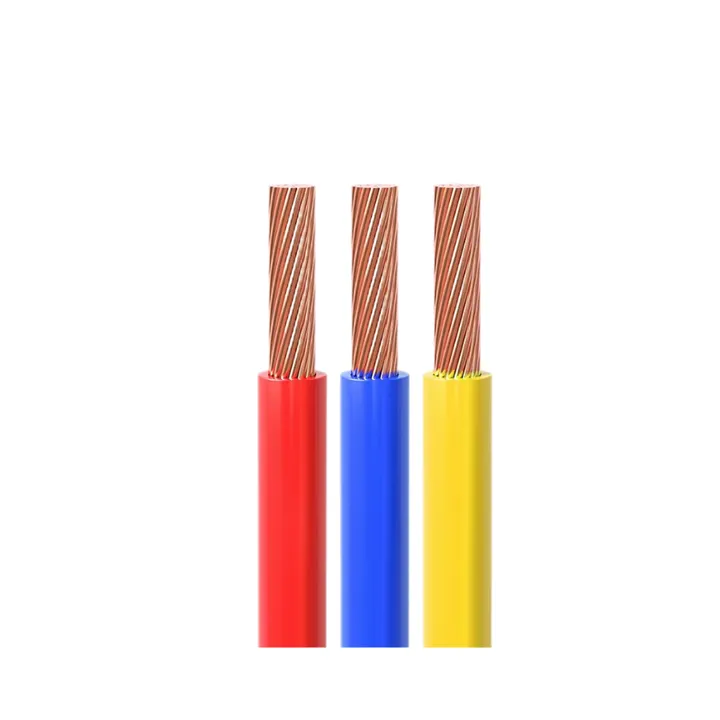
CE Certification 450/750v H07VVF Flexible Copper PVC Insulated Ac Cable 3*2.5 Mm
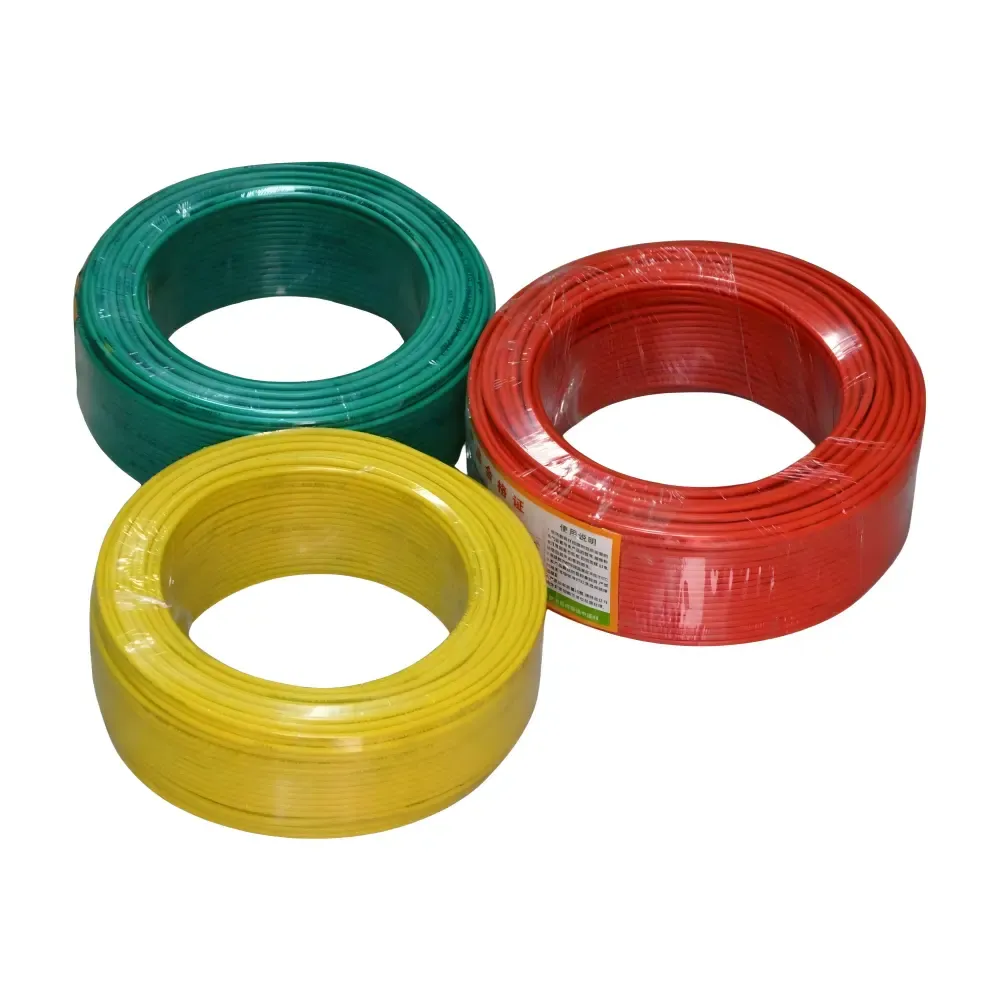
low voltage copper conductor PVC insulation underground BV BVR cable for industr
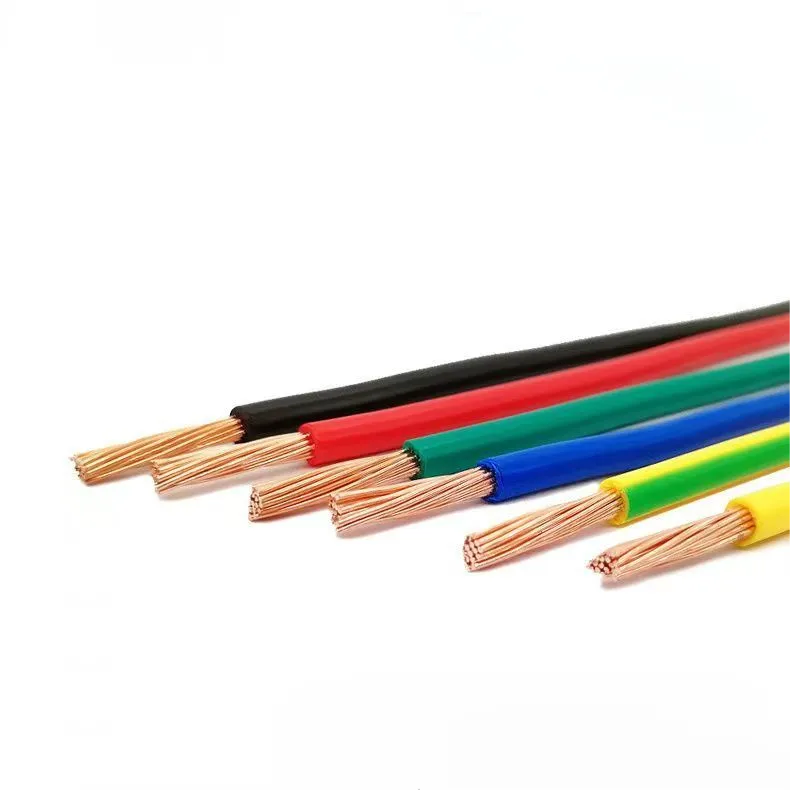
PVC electric wires are one of the most widely used electrical conductors in resi
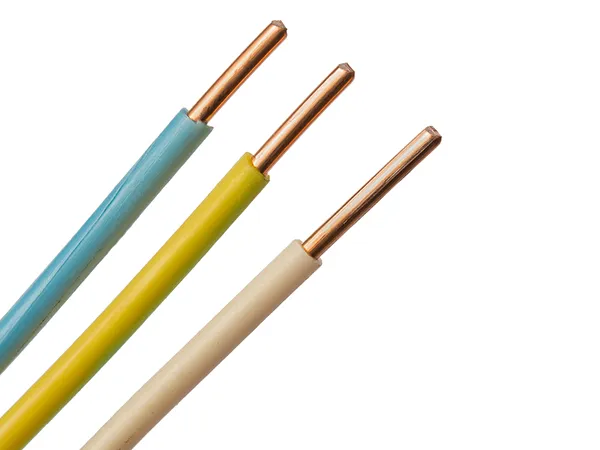
H07V-U wire is a flexible, low voltage electrical wire commonly used in industri